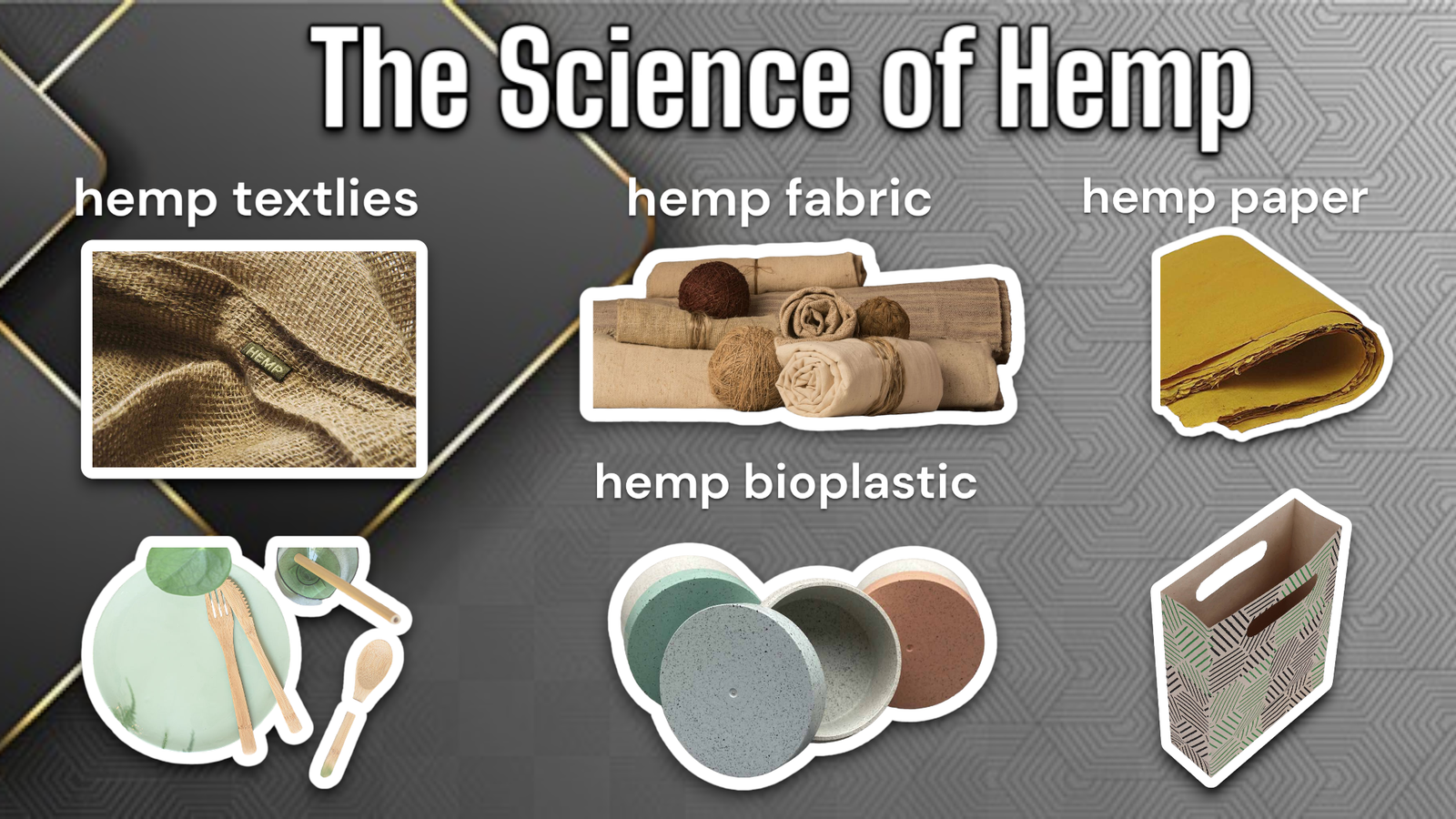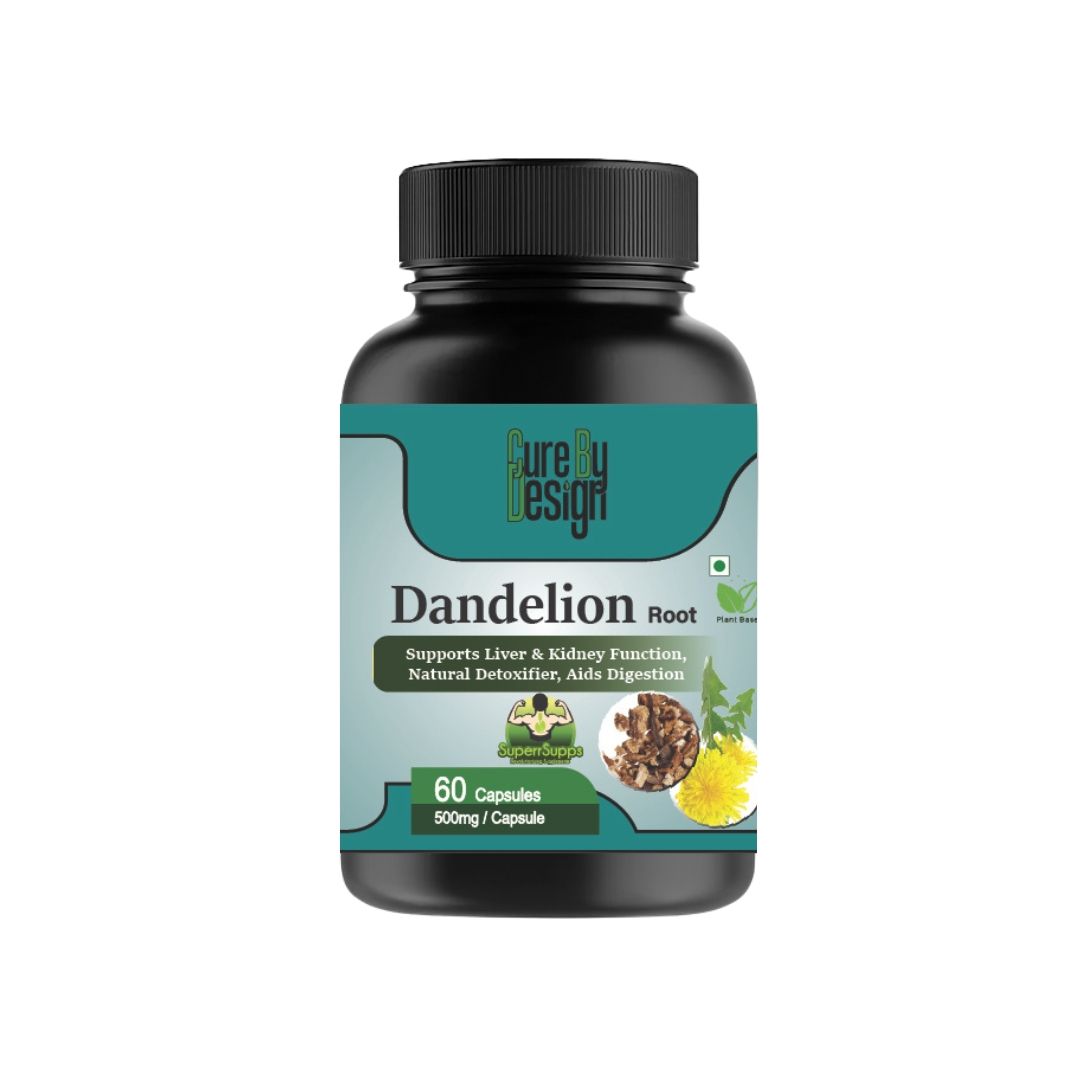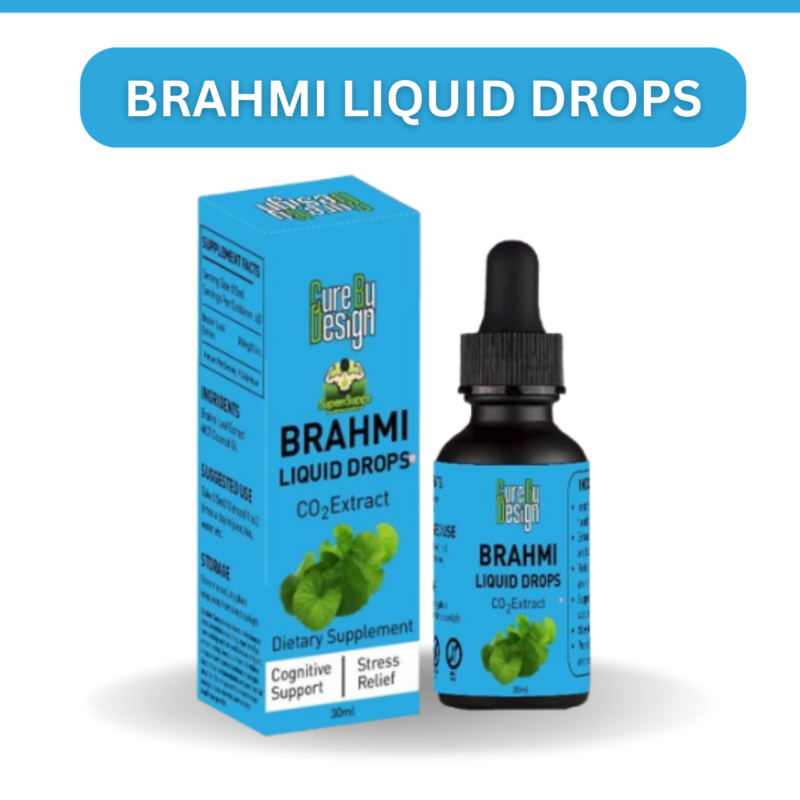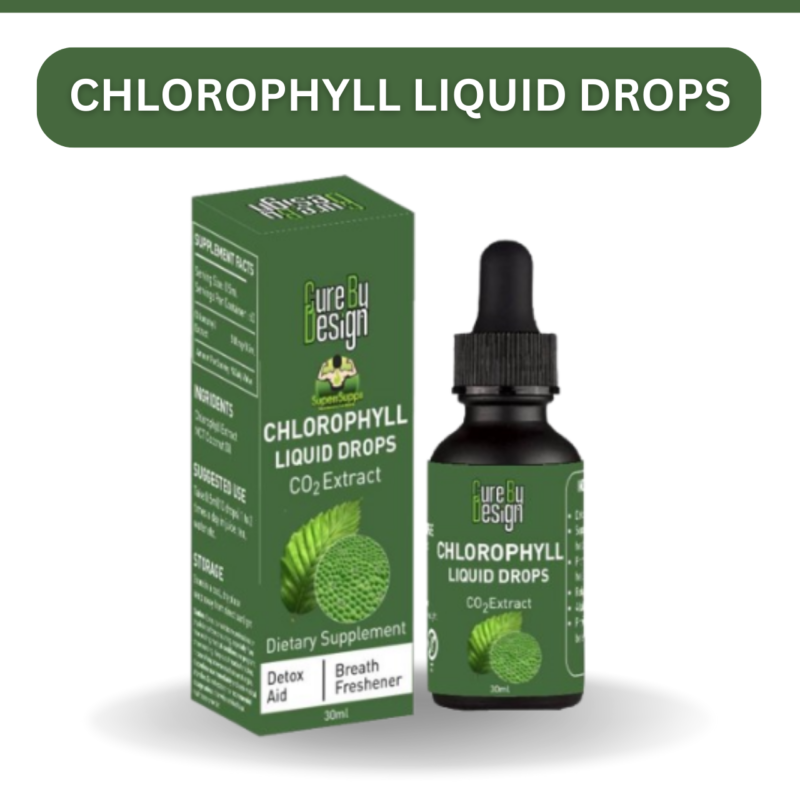The Science of Hemp

The Science Behind Hemp: Unlocking the Endless Potential of a Versatile Plant
Hemp, scientifically known as Cannabis sativa, is a plant that has been cultivated for thousands of years for various purposes. It has recently gained significant attention due to its potential applications in multiple industries, including textiles, construction, medicine, and nutrition. The science behind hemp involves understanding its unique composition, the role of cannabinoids and terpenes, and the applications of hemp-derived products. In this article, we will delve into the fascinating science behind hemp and explore its diverse uses.
1. Composition and Genetics:
Hemp is a distinct variety of Cannabis sativa characterized by its low concentration of tetrahydrocannabinol (THC), the psychoactive compound responsible for the “high” associated with marijuana. Hemp typically contains less than 0.3% THC, making it non-intoxicating. Its genetic makeup determines this low THC content, along with other desirable traits such as fiber quality, seed yield, and oil content.
2. Cannabinoids:
Hemp contains a wide array of cannabinoids, which are chemical compounds that interact with the body’s endocannabinoid system (ECS). The ECS plays a vital role in maintaining homeostasis in the body. Tetrahydrocannabinol (THC) is the primary psychoactive compound in cannabis responsible for the “high” associated with marijuana use. It binds to cannabinoid receptors in the brain and central nervous system, resulting in euphoria, relaxation, and altered perception. Cannabidiol (CBD) is the second most prevalent cannabinoid in cannabis. Unlike THC, CBD is non-intoxicating, meaning it does not produce a high. It interacts with various receptors in the ECS and has been studied for its potential therapeutic effects, such as analgesic, anti-inflammatory, anxiolytic, and neuroprotective properties. Research is ongoing to explore the full range of health benefits associated with CBD and other cannabinoids present in hemp.
3. Terpenes:
Terpenes are aromatic compounds found in various plants, including hemp. These compounds are responsible for the characteristic scents and flavors associated with different hemp strains. Terpenes, along with cannabinoids like CBD and THC, may work synergistically to produce what is known as the “entourage effect.” This concept suggests that the combined presence of multiple compounds in hemp, including terpenes and cannabinoids, may enhance the overall therapeutic effects compared to isolated compounds. For example, the presence of specific terpenes may influence how the body interacts with cannabinoids, potentially modulating their effects and improving their efficacy. For example, the terpene myrcene is thought to have sedative and analgesic properties, while limonene may have uplifting and mood-enhancing effects.
4. Industrial Uses:
Hemp has been utilized for centuries in various industrial applications due to its strong fibers. These fibers can be used to make textiles, ropes, paper, and building materials. Hemp fibers arenot only durable but also sustainable, as they require less water and pesticides compared to other natural fibers like cotton. Additionally, hemp fibers can be combined with other materials to produce biodegradable composites, contributing to a more environmentally friendly construction industry. Hemp has diverse industrial applications across various industries. Its strong fibers are used in textiles, apparel, and construction materials like hempcrete. Hemp fibers can also be pulped for paper and packaging materials. Hemp seeds are pressed for oil used in biofuels and bioplastics. Automotive manufacturers use hemp fibers to reinforce composite materials. Hemp is used for animal bedding and pet products. Hemp seeds are nutritious and used in food and health products. Hemp-derived cannabinoids, such as CBD, are popular in the health and wellness industry. Overall, hemp offers sustainable alternatives in textiles, construction, paper, packaging, automotive, and more.
5. Nutritional Value:
Hemp seeds are highly nutritious and have gained popularity as a superfood. They are rich in protein, healthy fats (including omega-3 and omega-6 fatty acids), fiber, and various vitamins and minerals. The balance of essential fatty acids found in hemp seeds is considered optimal for human health. These nutritional properties make hemp seeds a valuable addition to a balanced diet.
6. Medicinal Applications:
The potential medicinal applications of hemp and its derivatives have been a subject of intense research. CBD, extracted from hemp, has shown promise in the treatment of various conditions, including epilepsy, chronic pain, anxiety disorders, and inflammation-related disorders. CBD-based medications, such as Epidiolex, have been approved by regulatory authorities for specific medical conditions. Further research is needed to fully understand the therapeutic potential of other cannabinoids and terpenes found in hemp.
7. Environmental Benefits:
Hemp cultivation offers several environmental benefits. The plant has a short growth cycle and can thrive in various climates, reducing the need for excessive water consumption. Hemp also acts as a phytoremediator, meaning it can remove toxins and heavy metals from the soil. This quality makes hemp a potential tool for soil and water remediation in contaminated areas. Additionally, hemp crops absorb carbon dioxide during growth, contributing to carbon sequestration and mitigating climate change.
Conclusion:
The science behind hemp reveals a plant with incredible potential and versatility. From its unique genetic makeup to its diverse range of applications, hemp has garnered attention in numerous industries. Understanding the composition of cannabinoids and terpenes allows scientists to explore their therapeutic effects further. Whether it’s in textiles, construction, medicine, or nutrition, hemp offers sustainable and beneficial solutions. As research progresses, we can expect even more discoveries about the science behind hemp and its potential to improve various aspects of our lives.























































